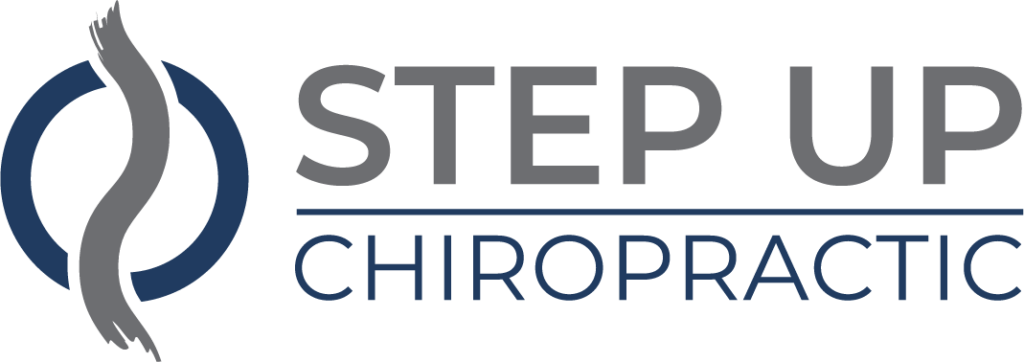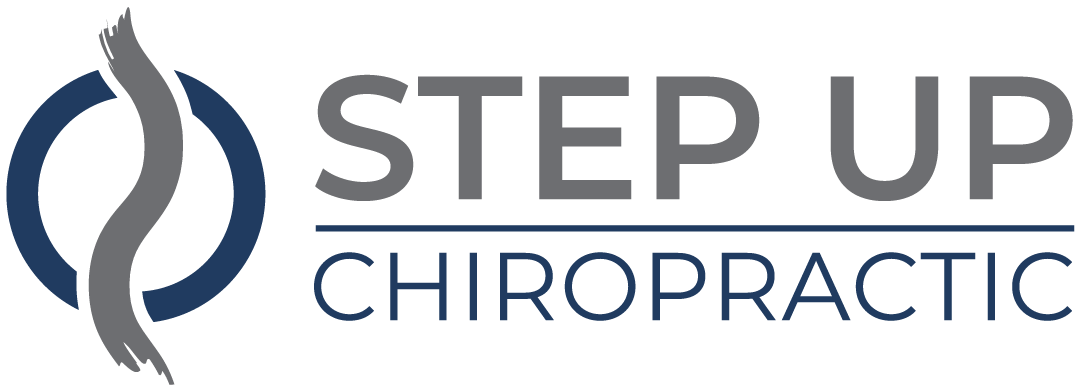When a headache strikes, it's easy to reach for over-the-counter medications, but have you considered gentle remedies instead? You might find relief in herbal teas, essential oils, or simple relaxation techniques that promote overall well-being. These methods not only address the pain but also encourage a holistic approach to your health. As you explore these options, you may uncover surprising solutions that could transform your headache relief routine. What could these remedies be, and how can they fit seamlessly into your lifestyle?
Herbal Teas for Headaches
When a headache strikes, reaching for a soothing cup of herbal tea can provide both comfort and relief. Many herbal teas are known for their natural properties that can help ease headache symptoms. You'll find that certain blends can work wonders in calming your mind and alleviating tension.
Chamomile tea is a popular choice for its calming effects. It helps relax your muscles and reduce stress, which can often contribute to headaches. Just brew a cup, let it steep for a few minutes, and enjoy its gentle aroma while you sip.
You might also consider peppermint tea. The menthol in peppermint can open your sinuses and promote better circulation, potentially easing your headache.
Another effective option is ginger tea. Ginger has anti-inflammatory properties that can help reduce headache pain, especially if you're experiencing migraines. Simply slice some fresh ginger, steep it in hot water, and add honey for sweetness if you like.
For a floral twist, lavender tea can be beneficial too. Known for its calming scent, lavender can help soothe anxiety and promote relaxation, making it a great choice when a headache hits.
Essential Oils and Aromatherapy
Essential oils can be powerful allies in your quest for headache relief.
You can explore popular options, learn effective application techniques, and understand important safety considerations to maximize their benefits.
Let's get started on how to incorporate these soothing scents into your routine.
Popular Essential Oils
Among the myriad of natural remedies, popular essential oils stand out for their effectiveness in alleviating headaches. These concentrated plant extracts are known for their therapeutic properties, and incorporating them into your routine can provide significant relief.
Peppermint oil is a favorite among headache sufferers. Its menthol content helps relax muscles and improve blood circulation, often providing immediate relief when applied to the temples.
Lavender oil is another excellent choice, renowned for its calming effects. Inhaling its soothing aroma can ease tension and promote relaxation, making it a great option for stress-induced headaches.
Eucalyptus oil is also worth considering. Its anti-inflammatory properties can help reduce sinus pressure, which is a common trigger for headaches.
Finally, rosemary oil may help enhance circulation and reduce pain.
Choosing the right essential oil can be a personal experience, as different scents and effects resonate with different individuals. Explore these popular options and see which one works best for you, helping to create a more comfortable and headache-free day.
Application Techniques
Finding the right application technique can enhance the effectiveness of essential oils in relieving headaches. One popular method is inhalation. Just add a few drops of your chosen essential oil to a tissue or cotton ball, and take deep breaths. This allows the aroma to enter your system quickly, providing immediate relief.
Another effective technique is topical application. You can dilute essential oils with a carrier oil, like coconut or jojoba oil, before applying them to your temples, neck, or wrists. This method not only helps with absorption but also offers a soothing massage effect, which can further alleviate headache pain.
For a more immersive experience, consider using a diffuser. Fill it with water and add the recommended drops of essential oil. As the diffuser disperses the aroma into the air, you can create a calming environment that promotes relaxation and headache relief.
Lastly, you might try a warm or cold compress. Add a few drops of essential oil to a cloth, then apply it to your forehead or the back of your neck. This technique combines the benefits of temperature and aromatherapy for a holistic approach to headache relief.
Safety Considerations
When using essential oils for headache relief, it's important to keep safety in mind to avoid any adverse effects. Not all oils are suitable for everyone, so you should always perform a patch test before applying any essential oil to your skin.
Diluting essential oils with a carrier oil, like coconut or almond oil, is essential to prevent skin irritation.
If you're pregnant, nursing, or have underlying health conditions, consult your healthcare provider before incorporating essential oils into your routine. Some oils might interact with medications or exacerbate certain conditions, so it's better to be safe.
Additionally, avoid ingesting essential oils unless directed by a qualified professional. Inhaling oils through diffusers or using them in steam inhalation can be effective, but make sure your space is well-ventilated.
Finally, keep essential oils away from sensitive areas, especially your eyes and mucous membranes. If you experience any adverse reactions, discontinue use immediately and consult a healthcare professional.
Relaxation Techniques
When you're dealing with a headache, relaxation techniques can offer significant relief.
You can try deep breathing exercises, progressive muscle relaxation, or mindfulness meditation to help ease tension.
Each method focuses on calming your mind and body, making it easier to find comfort.
Deep Breathing Exercises
Deep breathing exercises serve as a powerful tool for alleviating headaches, allowing you to tap into your body's natural ability to relax. By focusing on your breath, you can reduce tension and enhance your overall sense of well-being.
Here's how to get started:
- Find a Comfortable Position: Sit or lie down in a quiet space where you won't be disturbed. Close your eyes if it helps you concentrate.
- Inhale Deeply: Take a slow, deep breath in through your nose, allowing your abdomen to expand. Count to four as you inhale, feeling your body fill with air.
- Exhale Slowly: Release the breath through your mouth, counting to six. Imagine the tension leaving your body with each exhale.
Repeat this process for several minutes, focusing solely on your breath.
You'll find that with practice, deep breathing can help reduce headache intensity and frequency. Remember to incorporate these exercises into your daily routine.
Progressive Muscle Relaxation
Progressive Muscle Relaxation (PMR) is an effective technique for headache relief that helps reduce tension throughout your body. By systematically tensing and relaxing different muscle groups, you can promote a sense of calm and ease that may alleviate headache symptoms.
To practice PMR, find a quiet space where you won't be disturbed. Sit or lie down comfortably, and close your eyes. Begin by taking a few deep breaths, focusing on inhaling and exhaling slowly.
Start with your toes; tense the muscles for about five seconds and then release, noticing the difference. Move up to your calves, thighs, abdomen, and so on, continuing to each muscle group until you reach the top of your head.
As you tense each muscle, pay attention to how it feels, and when you release, imagine the tension melting away. This exercise not only helps relieve headaches but also reduces overall stress and anxiety.
Aim to practice PMR daily or whenever you feel a headache creeping in. With time, you'll likely find yourself more in tune with your body and better equipped to manage tension.
Mindfulness Meditation Techniques
In addition to Progressive Muscle Relaxation, mindfulness meditation techniques can further enhance your ability to manage headaches. By focusing your attention and eliminating distractions, you can cultivate a sense of calm that may help reduce headache intensity and frequency.
Here are three simple mindfulness techniques you can try:
- Breath Awareness: Sit comfortably, close your eyes, and focus on your breath. Notice the inhale and exhale without trying to change it. If your mind wanders, gently bring your attention back to your breath.
- Body Scan: Lie down or sit comfortably and mentally scan your body from head to toe. Notice any tension or discomfort. Acknowledge these sensations without judgment, and consciously relax those areas.
- Guided Visualization: Picture yourself in a peaceful setting, like a serene beach or a quiet forest. Engage your senses by imagining the sounds, smells, and sights of this place, allowing your mind to escape stress.
Incorporating these mindfulness techniques into your routine can empower you to manage headaches more effectively, promoting relaxation and clarity in your daily life.
Lifestyle Adjustments
Making simple lifestyle adjustments can greatly reduce the frequency and intensity of headaches. One of the first changes you can make is to stay hydrated. Dehydration is a common trigger, so aim to drink enough water throughout the day. Keep a water bottle handy and sip regularly, especially if you're active or it's hot outside.
Next, assess your diet. Certain foods, like aged cheeses, processed meats, and artificial sweeteners, can lead to headaches for some people. Keep a food diary to identify any potential triggers. Incorporating balanced meals with plenty of fruits, vegetables, whole grains, and lean proteins can help maintain your overall well-being.
Don't underestimate the importance of a regular sleep schedule. Aim for seven to nine hours of quality sleep each night. Establish a calming bedtime routine to help signal to your body that it's time to wind down. Reducing screen time before bed can also improve your sleep quality.
Physical activity is another essential factor. Regular exercise can help reduce stress and tension, both of which can contribute to headaches. Find an activity you enjoy, whether it's walking, yoga, or dancing, and aim for at least 30 minutes most days.
Lastly, manage stress through relaxation techniques. Simple practices like deep breathing, stretching, or gentle movement can help you unwind and reduce headache triggers.
Acupressure and Massage
Acupressure and massage offer effective, hands-on approaches to alleviate headaches. By applying pressure to specific points on your body, you can promote relaxation and relieve tension that contributes to headache pain. If you're looking for gentle remedies, these techniques are worth exploring.
To get started, try these simple acupressure techniques:
- LI4 (Hegu): Located between your thumb and index finger, press this point firmly for several minutes. It's known to relieve headaches and facial pain.
- GB20 (Fengchi): Find the hollows at the base of your skull and press gently with your thumbs. This area can help ease tension headaches and neck pain.
- PC8 (Laogong): Located in the center of your palm, this point can help with stress and anxiety, which often accompany headaches.
Now, let's talk about massage. Massaging your temples, neck, and shoulders can release tight muscles and improve blood circulation.
Use firm, circular motions with your fingers or thumbs, and focus on areas that feel particularly tense. You might find that a few minutes of self-massage can make a significant difference in how you feel.
Incorporating acupressure and massage into your routine can be a simple yet effective way to manage headaches.
Whether you're at home or on the go, these techniques empower you to take control of your discomfort naturally. So, give them a try next time you feel a headache coming on!
Staying Hydrated
Water is essential for your overall well-being, and staying hydrated plays a significant role in headache prevention. When you don't drink enough water, your body can become dehydrated, leading to various issues, including headaches.
It's important to recognize the signs of dehydration, such as dry mouth, fatigue, and dizziness, as these can often precede a headache.
To keep headaches at bay, aim to drink at least eight 8-ounce glasses of water daily. However, your needs may vary based on your activity level and climate. If you're physically active or live in a hot environment, you might need more.
Carrying a reusable water bottle can be a helpful reminder to sip throughout the day.
Don't wait until you feel thirsty to drink; by that point, you may already be dehydrated. Instead, create a routine—drink a glass of water first thing in the morning, with each meal, and before bedtime.
Incorporating hydrating foods, like fruits and vegetables, can also help boost your water intake.
Limit caffeinated and alcoholic beverages, as they can lead to increased dehydration.
If you find that headaches persist even when you're hydrated, consider consulting a healthcare professional to rule out other causes.
Conclusion
Incorporating gentle remedies into your routine can make a significant difference in managing headaches. Try sipping on herbal teas, using essential oils, and practicing relaxation techniques to find what works best for you. Don't forget to stay hydrated and make simple lifestyle adjustments that promote overall well-being. By embracing these holistic approaches, you can effectively ease headache discomfort and enhance your daily life. Remember, listening to your body is key to finding relief.




